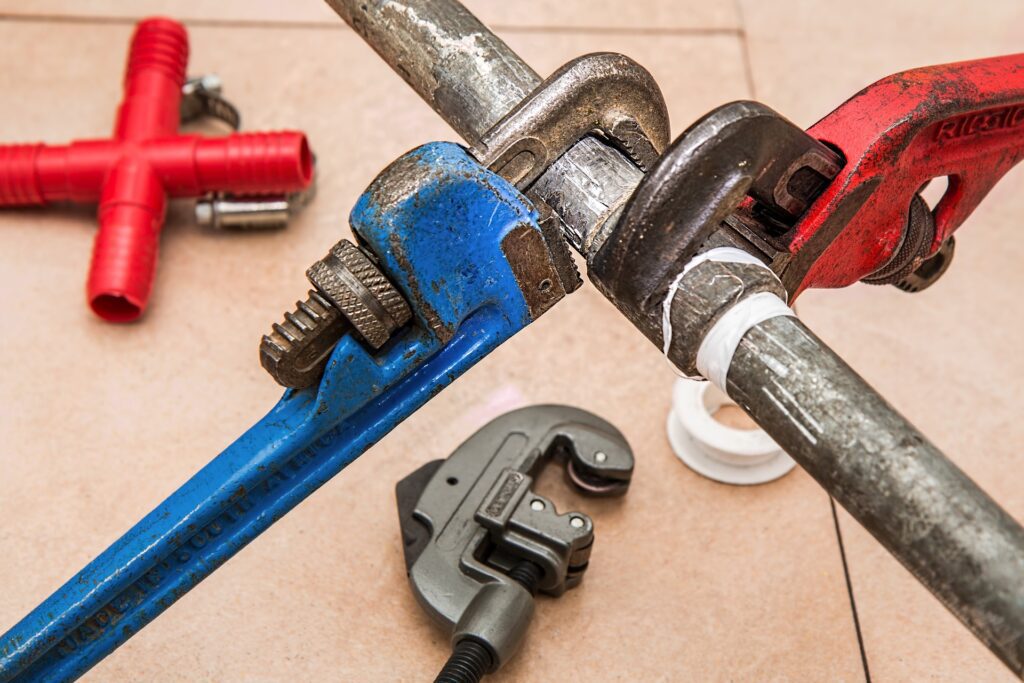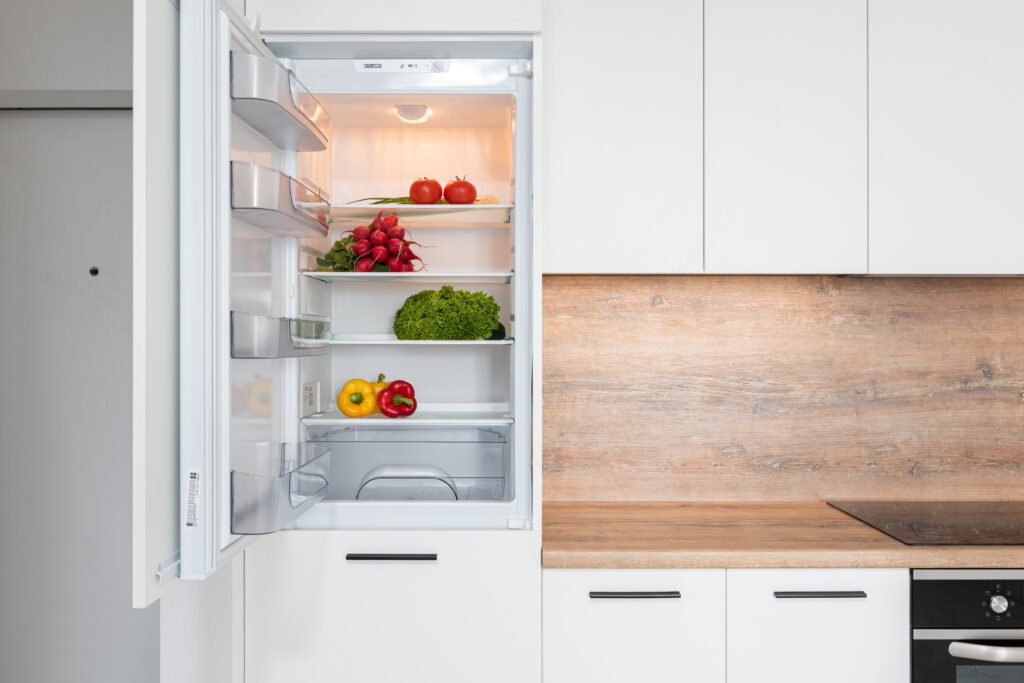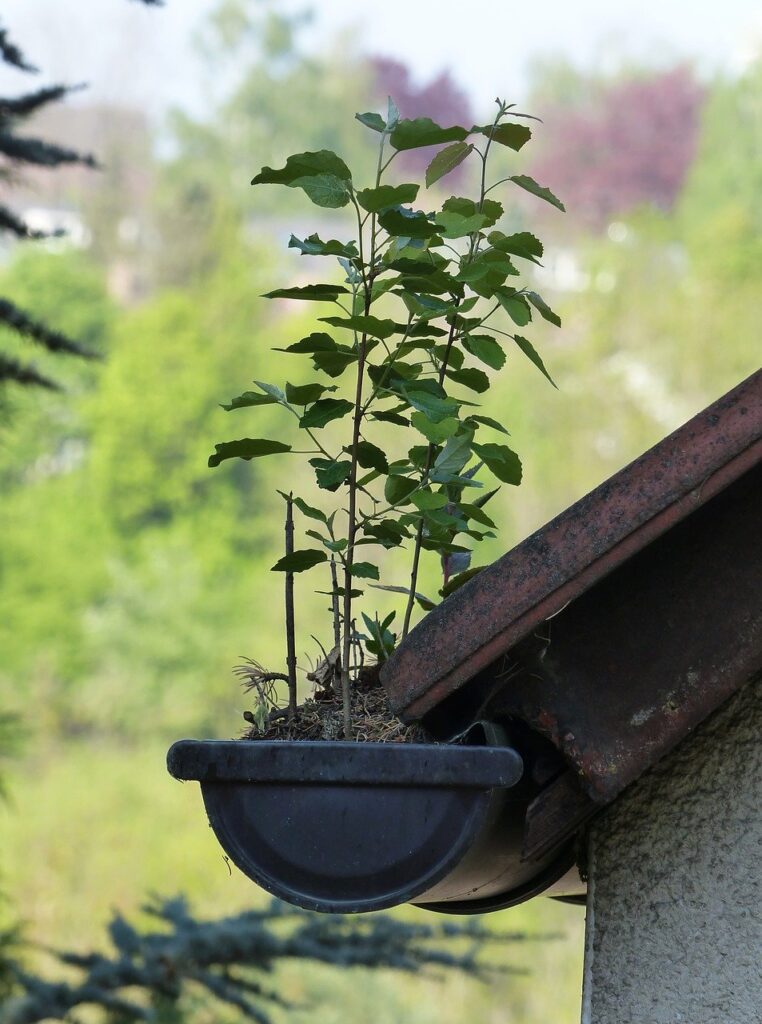Early detection is key to effectively dealing with mould before it has a chance to spread and become a more serious issue. So, knowing how to reduce mould in house can be very useful. With vigilance , you can help ensure your living spaces remains free of mould invasion.

Stay alert to limit mould risk
- Check for mould regularly, and take action quickly if you find any.
- Look out for signs of water damage (e.g., stains, warping) in areas such as around windows and doors or in attic corners. Repair any water damage immediately to reduce the risk of mould growth.
- Use personal care and cleaning products that produce excessive moisture with the windows open. This will not only help to limit the potential moisture build-up but will also disperse the chemicals and reduce the chance of them being inhaled.
- Clean or replace filters on your air conditioner and dehumidifier regularly.
- Consider using dehumidifiers in areas of your home that are particularly prone to high humidity levels (e.g. bathrooms, basements).

- Check and address any signs of mould in or around appliances such as fridges, washing machines, dishwashers, and tumble-dryers. Keep these clean and dry and access appliance/model-specific advice on maintenance to keep it mould-free.
- If you have a basement, make sure the area is well-ventilated and any water leaks are repaired promptly.
Take preventative action to keep major mould problems at bay
8. Ventilate your home well – open windows and use fans strategically to circulate air.

9. Dry wet surfaces and objects as soon as possible.
10. Keep indoor humidity below 55%.
11. Remove carpets and rugs that are difficult to clean or dry quickly. Or hire a powerful dehumidifier to dry them out as rapidly as possible.
12. Use an air purifier with a built-in humidistat to help to manage humidity levels in your home.
13. Insulate your home optimally to reduce the risk of condensation on cold surfaces (e. g., walls, windows, pipes).
14. Make sure bathroom and kitchen exhaust fans vent to the outside, not just to the attic.
Keep on top of home maintenance tasks to reduce mould in house
15. Inspect or have your roof and gutters checked regularly to make sure they’re not leaking or overflowing.

16. Get rid of early superficial mould with a reputable fungicidal cleaner; while taking safety precautions and wearing protective gear.
17. Have a qualified HVAC technician inspect and service your heating, ventilation and air conditioning system annually.
18. Take the necessary steps to prevent floods and leaks, such as seasonally inspecting your water heater and pipes for signs of damage or corrosion.
19. Keep your home clean and free of dust, dirt and other potential mould-feeding materials to reduce the risk of mould growth.
20. Don’t allow water to accumulate or pool around your home’s foundation, which can increase the risk of mould growth and structural damage.
21. Have a regular maintenance routine for your home to ensure that any potential issues are caught early on and dealt with promptly.
Mould can be a big problem, but there are ways to prevent it. Now that you have some tips on how to reduce mould in house, you will be well on your way to limiting the risk of major mould issues in your home.
And if you do find yourself with an established mould problem, don’t hesitate to call in the professionals. With their help, you should be able to tackle this issue safely and effectively.